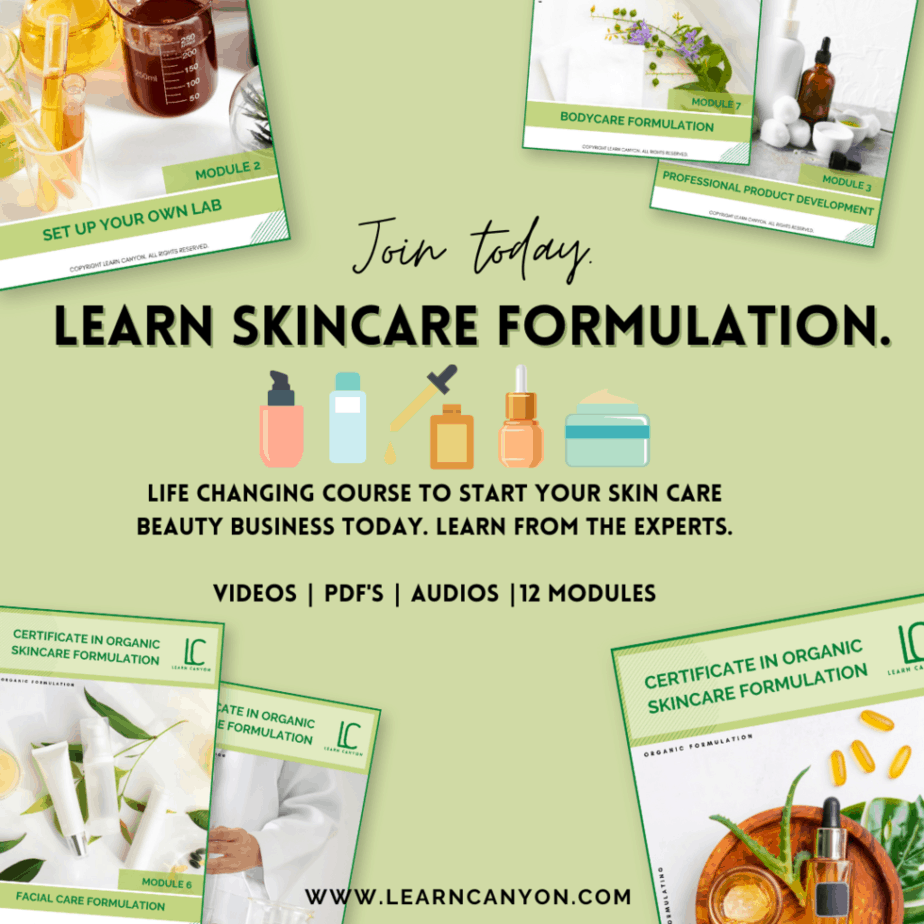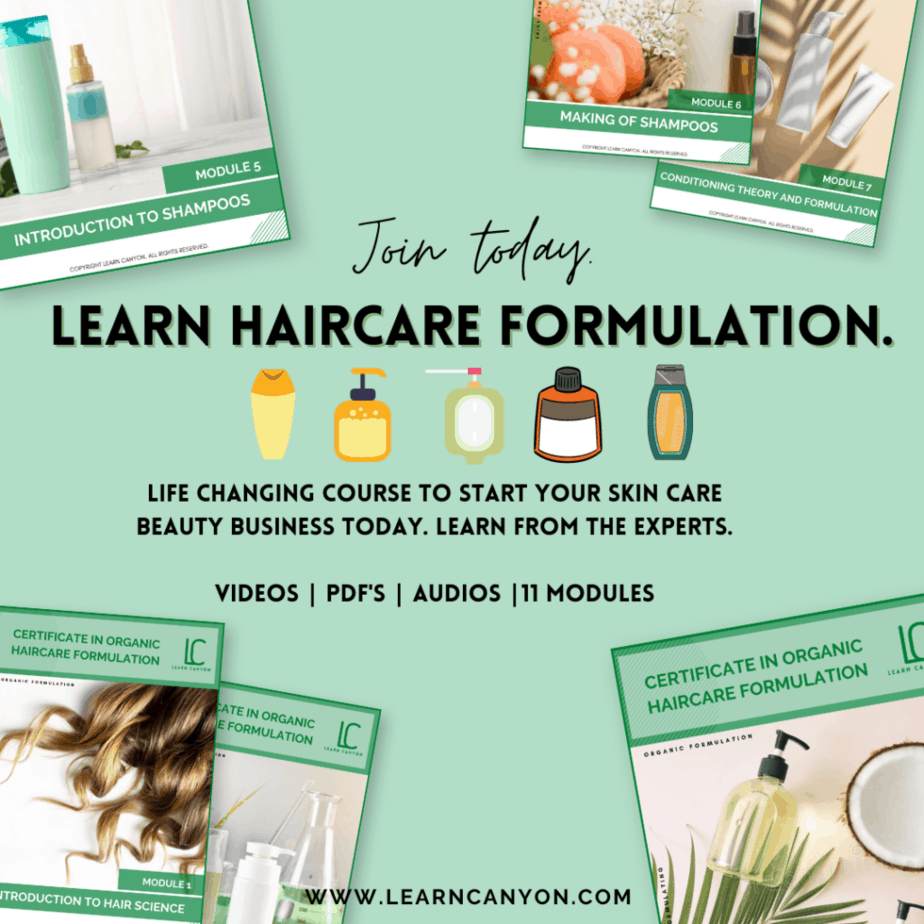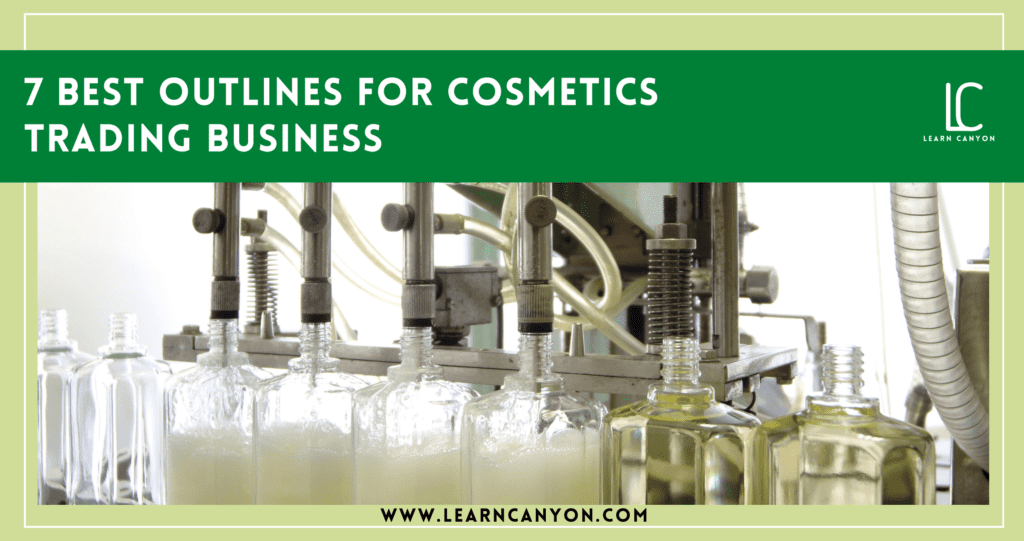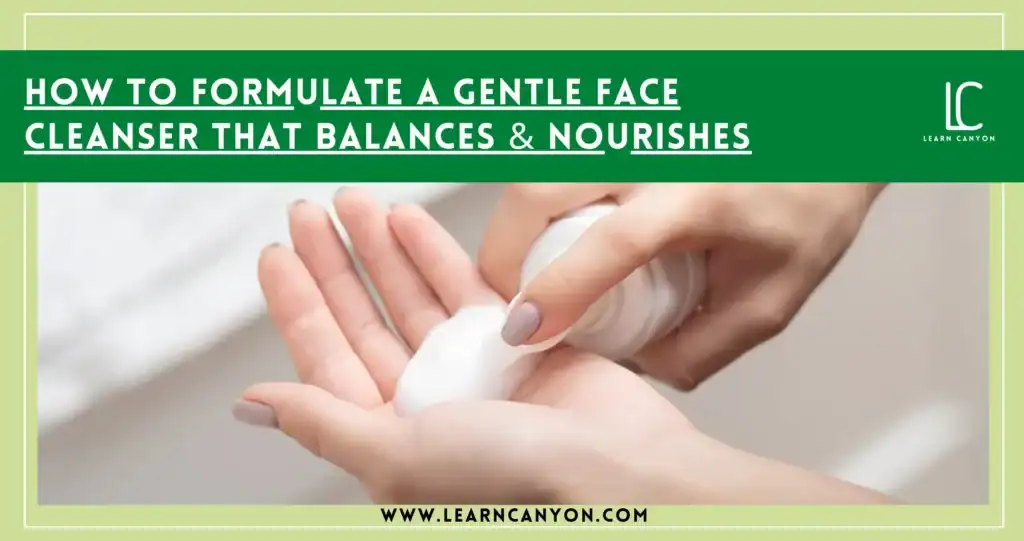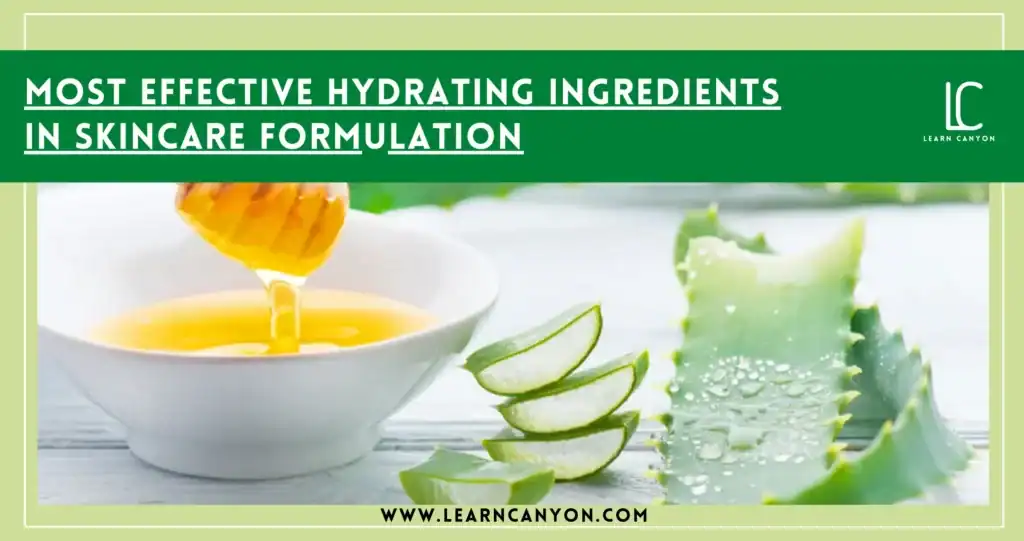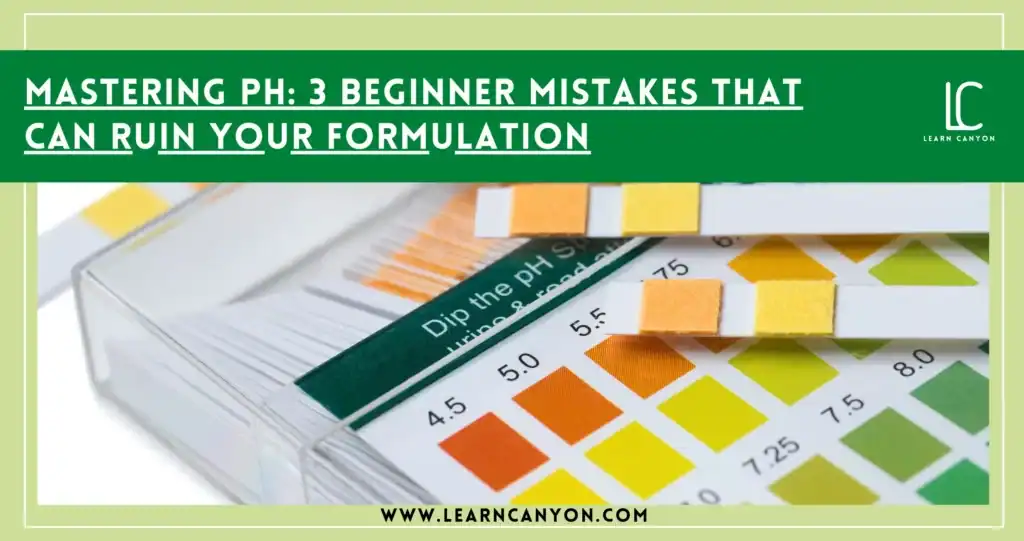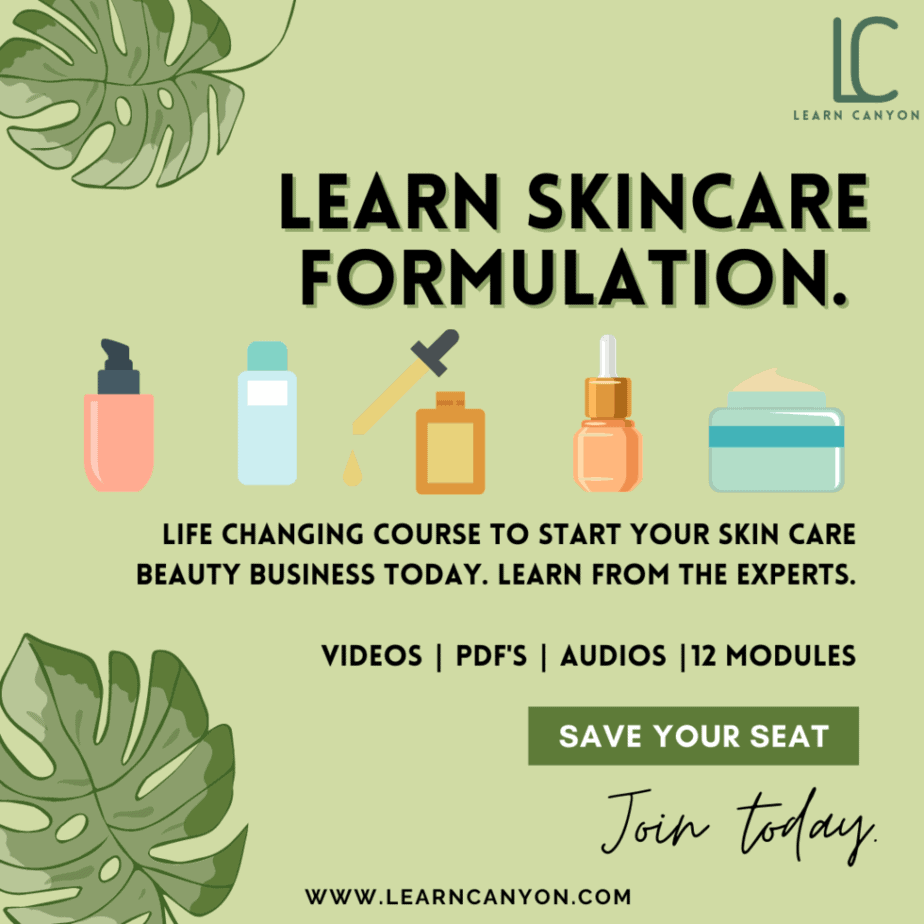You might be thinking about a career in cosmetics trading business. Unfortunately, finding information about Cosmetics Trading is extremely difficult.
Most internet pages only discuss How to Get Into Cosmetics Trading. The internet is an excellent source of information on Cosmetics Trading, but nothing beats learning from a true professional.
Sampada Pandhare, an experienced professional with over 28 years of experience in Cosmetics Production and Teaching, defines Cosmetics Trading as the global or regional distribution and trading of beauty and personal care products such as perfumes and cosmetics.
How to Get Into Cosmetics Trading Business?
The process, guided by a Learn Canyon Advisor, will help you reflect and determine whether your interest in Cosmetics Trading is merely a passing fancy or something you truly want to do for the rest of your life.
Following trading, what education and skills will you require to succeed in the Cosmetics business, and what advantages and disadvantages will you face in Cosmetics Trading?
Finally, you will receive an outline of the Regulations Concerning Cosmetic repacking and other items you must complete in the coming years to become the best Cosmetics Trader in the country..
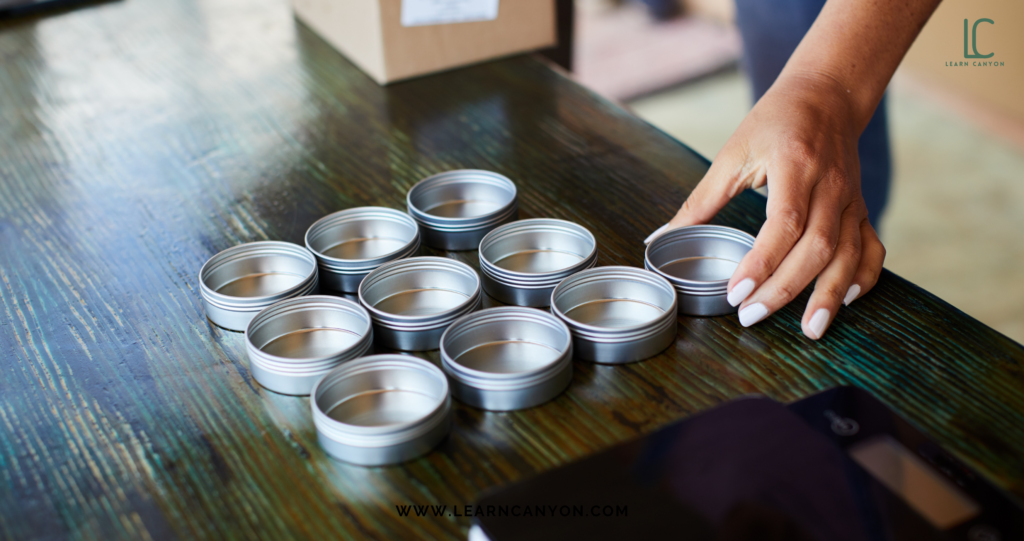
1. Cosmetics Distribution
Cosmetic trading is simply the buying and selling of cosmetics, perfumes, and cosmetic colours to profit from daily price fluctuations.
Investing is critical these days because savings alone are insufficient to beat inflation and meet all of our financial objectives.
You can choose from various investment opportunities based on your needs and convenience. In contrast to investing, which primarily employs a buy-and-hold strategy, it entails active participation in financial markets.
This article allows us to learn more about cosmetic trading, different types of trading, and how it works.
2. Latest Trends and Consumer Behaviour
Cosmetic Latest Trends and Consumer Behaviour provides in-depth coverage of consumer lifestyle and product design trends across all beauty categories, assisting you in developing iconic and sustainable products based on your customers’ needs.
This blog will assist you in making successful decisions so that you can lead the way in creating the next generation, design in accordance with consumer trends around the world, and create the right product at the right time.
There are always new developments in Skin care, colour cosmetics, hair care, grooming, fragrance, future-generation coloured cosmetics and ingredients.
The trading businessman has to stay updated for tomorrow’s consumer demand.
Read Article on 8 Skincare Ingredient Trends In 2023
3. Marketing and Selling
- Convert more customers at scale- Increase traffic and sales by implementing automation that send emails based on customer behaviour during the sales journey.
- Discovered new ways to automate – Get a head start on cross-selling your product with pre-built journeys.
- Keep your emails relevant and your brand growing by sending personalised emails based on their purchasing habits, survey responses, chat interactions, and phone call responses to promote royalty and growth and predict who is likely to buy again.
- Create customer segments based on their lifetime value and willingness to purchase.
Create customers for life and drive repeat sales.
4. Competitor’s knowledge
Over the years, the cosmetic industry has continued to grow significantly and emerged as one with the greatest potential for future development and growth.
Research shows that female and male consumers are expected to grow globally. The increased awareness of the importance of high-quality beauty products, treatments, and glooming has rapidly boosted the cosmetics industry worldwide.
The increased demand for cosmetics products has resulted in increased global competition.
To gain a competitive advantage, the cosmetic industries are becoming very innovative and creative in providing unique quality products in the market.
For the cosmetic trading industries to remain competitive, they must upgrade their cosmetics products and integrate technology to stay productive in the business.
They must also purchase quality labelling machines to assist them in producing high-quality products for consumers.
5. Adaptability
In the olden days, Cosmetics were prepared using environmentally harmful chemicals.
Those days are now long gone. Going green is the way to go these days. Companies are now offering products made of natural ingredients that do not leave any harmful footprint, with the belief that doing good for the environment will also do good for the skin.
Others have even begun to use biodegradable containers, while some have gone a step further by solidifying liquid products to eliminate the need for plastic containers.
The rise of retailers such as Healthy Options that promote healthy and sustainable ingredients has helped to solidify this trend.
Another market movement that has fuelled this development is the availability of online and specific shops, which frequently cater to the markets. Some brands have a policy of sourcing ingredients from local farmers and producers to revitalise local agriculture.
Aside from the value that the beauty and cosmetics industry creates, it is safe to say that their success can be attributed to their willingness to identify and understand the adaptability of old and new things in their beauty trading business.
6. Regulations Concerning Cosmetic repacking
Cosmetic registration in India necessitates meticulous planning and review of the ingredients and labelling. Any company wanting to import and sell cosmetics must undergo this time-consuming process. Decorative applications should clearly define products in their respective categories.
A license in form 25-B shall be subject to the conditions stated therein as well as the following conditions:
(a) The repacking of cosmetics shall at all times be carried out under the personal supervision of at least one person who has been approved as a competent person by the licensing authority;
(b) The licensee (Trader) shall either provide and maintain adequate arrangements in his own premises to test the strength, quality, and purity of the cosmetics repacked or make arrangements with the licensing authority.
(c) The licensee shall make adequate arrangements for cosmetic storage;
(d) The licensee shall comply with the provisions of the Act and these rules, as well as any additional requirements specified in any regulations subsequently made under the Act; Provided, however, that where such other requirements are defined in the rules, they will take effect four months after publication in the Official Gazette.
(e) The licensee shall permit a [Inspector appointed under the Act] to enter, with or without notice, any premises where the repacking of cosmetics in respect of which the license is issued, inspect the premises and take samples of repacked cosmetics;
(f) The licensee shall test each batch or lot of raw material used by him for repacking, as well as each batch of the product thus repacked, either in his laboratory or in any other laboratory approved by the Licensing Authority, and shall keep records or registers showing the particulars in respect of such tests as specified in Schedule U.
The records or registers must be kept for five years from the repacking date. The licensee shall allow the Inspector to inspect all logs and records kept following these rules and shall provide the Inspector with any information he may require to determine whether the provisions of the Act and these rules have been followed.
(g) The licensee shall keep an Inspection Book in the prescribed Form to allow an Inspector to record his impressions and the defects noticed;
(h) The licensee shall keep reference samples from each batch of cosmetics manufactured in an amount that is at least twice the amount of the makeup required to conduct all tests performed on the batch. For drugs with an expiry date on the label, the reference samples must be kept for three months after the expiry date.
In the case of cosmetics with no expiry date specified on the title, the reference sample must be kept for three years from the date of manufacture.
7. Good Profit Margins
You may have noticed that many pharmaceutical companies are now expanding into the cosmetics industry. This is for a very good reason, and it has everything to do with profit margins.
Despite a global recession, the cosmetics industry expanded and grew.
This is due to the industry’s excellent marketing and constant innovation, especially in skincare products. Within the last decade, there has been a new dawn in anti-ageing products. This product category has experienced rapid turnover and profit margin growth.
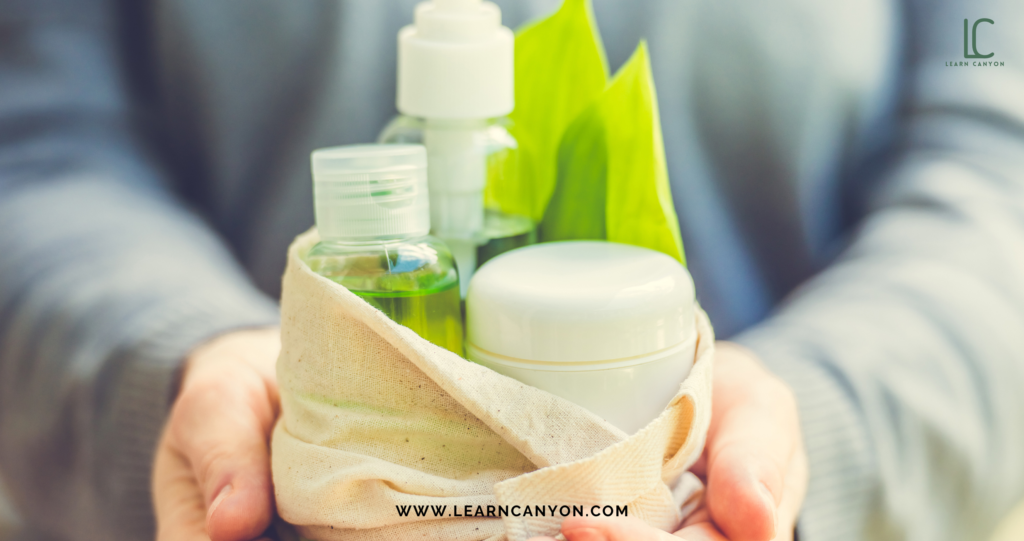
What are the advantages of trading?
The following are some advantages of trading:
- The expanding economy: Because economic growth creates more job opportunities, it also facilitates the development of corporate earnings. Thus, an investor who invests in a company’s stock due to economic growth helps it grow.
- Simple buying and selling process: For all investors, buying and selling cosmetics in the market is simple and easy; all you need is a Demat account, which can be opened through a broker, financial planner, or online mode. Setting up an account and beginning your investment journey only takes about 15 minutes. After that, you can place your buy/sell orders.
- The flexibility to invest in smaller amounts: A new investor can begin with a small amount by purchasing stocks of small-scale or mid-scale companies in smaller amounts.
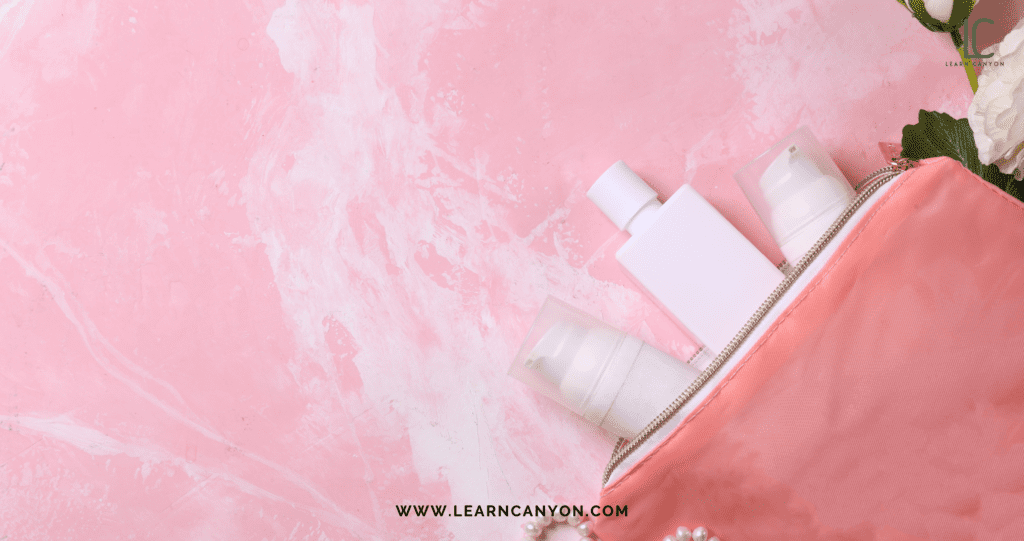
Investing vs. Trading
Regarding wealth creation, trading and investing are two critical components. For example, you and your friend purchased products, and you sold them to someone on the same day to get a profit. On the other hand, your friend bought in bulk made smaller units of those, applied his own label, and then sold. He made money by investing in his smaller packages, but he approached it differently than you did.
Conclusion
Cosmetics industries play an essential role in ensuring global beauty in our lives today. Cosmetic industries are rapidly expanding and expected to grow in the future, with an overwhelming demand for female and male consumers worldwide.
Globally, there is an increasing demand for cosmetics products, with stiff competition. The cosmetic industries must use quality labelling machines to achieve their goals and produce high-quality products.
Investors must exercise caution when making investment decisions. A basic understanding of the concepts involved in trading and investing will assist them in reducing risk and increasing profits.


